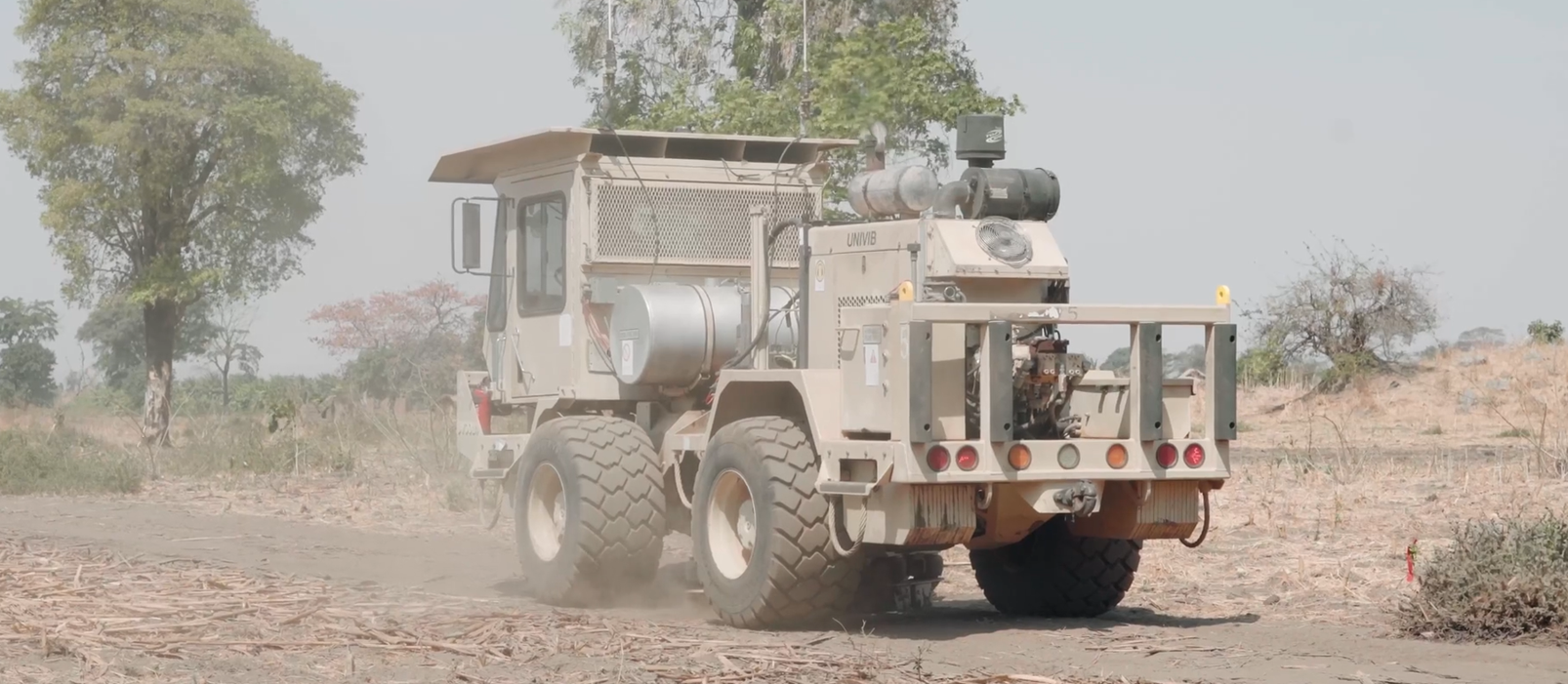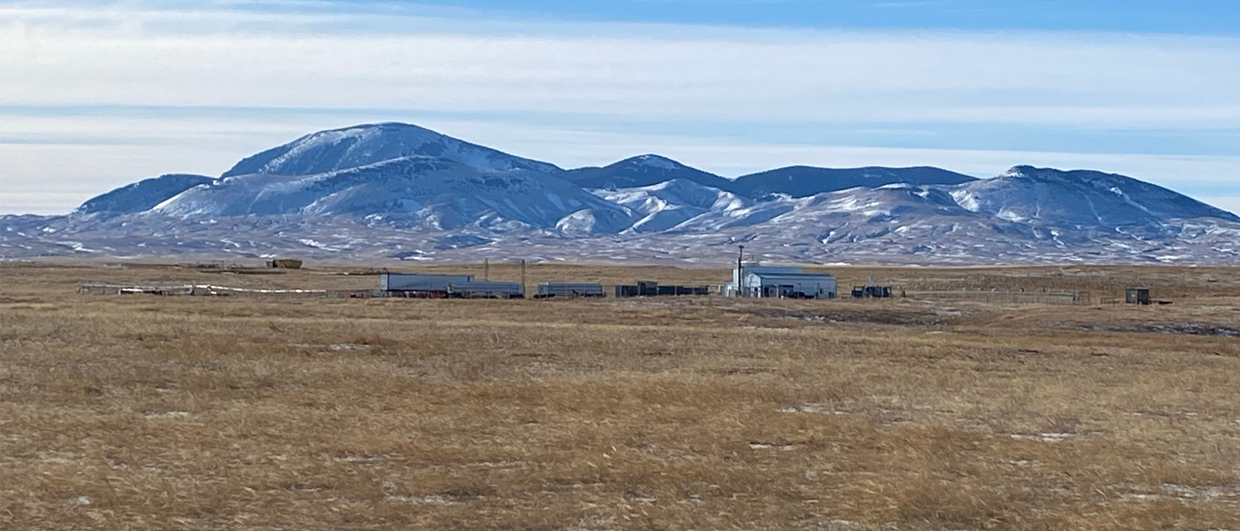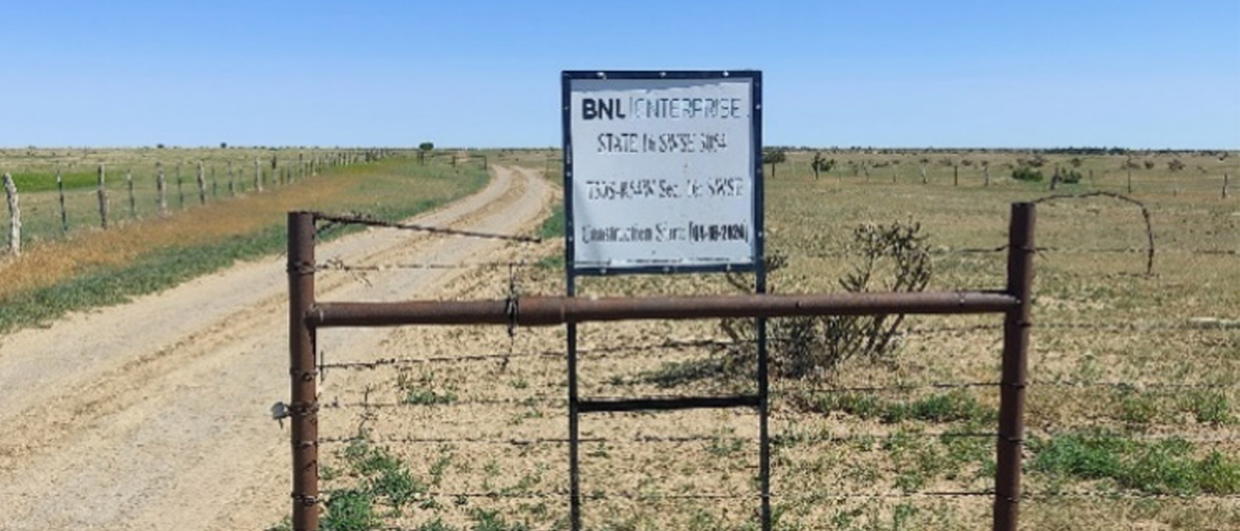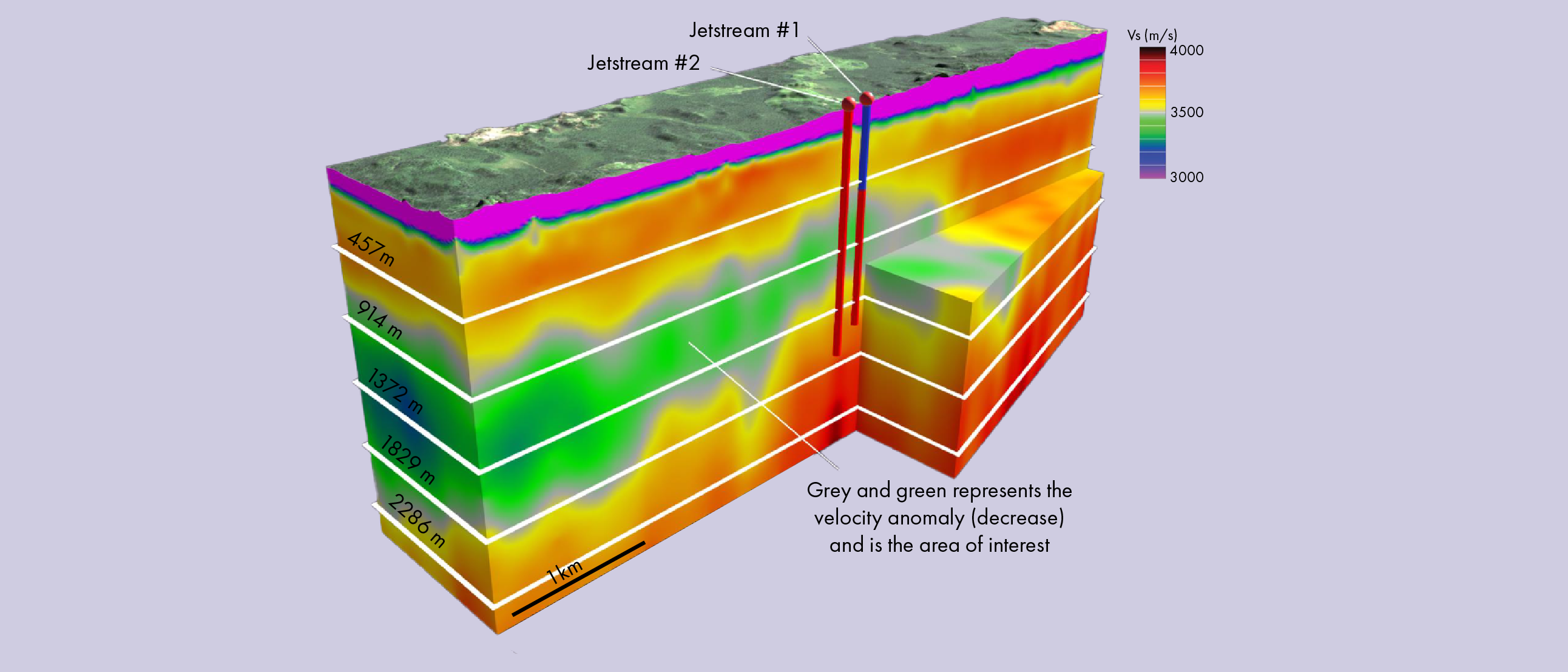Up to recently, helium was not actively explored for but mainly found by accident while drilling for hydrocarbons. Concentrations as low as 0.3% helium in the gas stream already make separation economically viable, hence this approach has worked well thus far.
However, global helium shortages and the resulting soaring helium price have now paved the way for dedicated helium exploration. As this exploration is taking place in basins unprospective for hydrocarbons, this has the added advantage of finding ‘green helium’. Green helium has nitrogen as the dominant carrier gas which can be vented safely to the atmosphere without carbon emission.
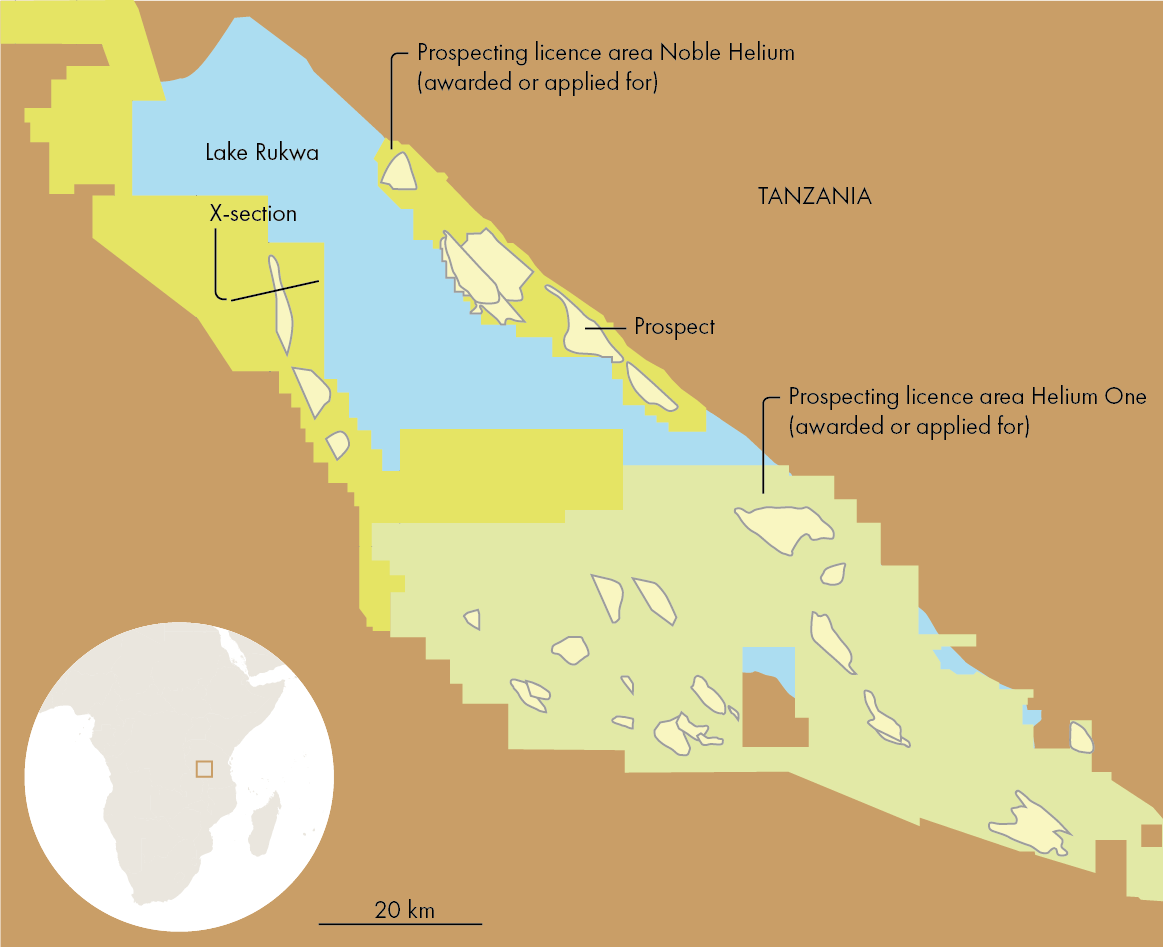
Radioactive decay
Subsurface helium is generated by radioactive decay of uranium and thorium. The extremely long half-lives of these elements mean helium accumulates very slowly over time and should therefore be explored for in areas with at least Palaeozoic but preferably older rocks that are enriched in U and Th, such as metasediments and basement. Subsequently, a geological episode resulting in elevated heat flow is needed to release helium from its source minerals. The helium is then free to migrate up-section where it can become trapped in younger, reservoir-type rocks.
The Tanzanian section of the East African rift system is a place that meets these criteria. Here the Archean-aged Tanzanian craton is rifting apart, providing the source and heat flow needed. The rift basins are filled with sand- and claystone that serve as reservoirs and seals that trap the migrating helium.
At present, the Rukwa basin in the southwest of the country is the epicentre of exploration activities because several surface seeps containing up to 10.6% Helium have been detected here. For this reason, not one, but two companies, Noble Helium and Helium One Global Ltd, are exploring for green helium side by side along the lake’s shores.
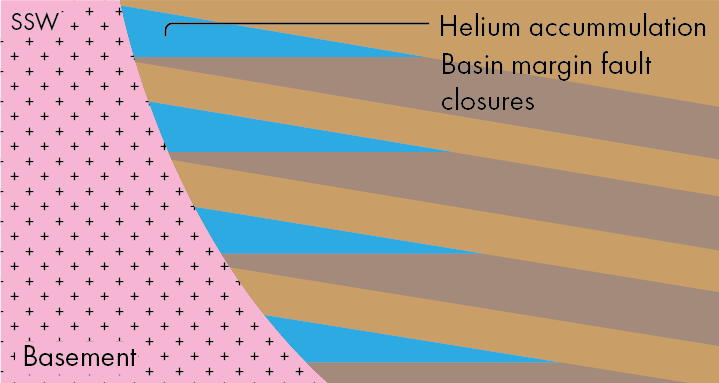
Stacked reservoirs
Fault closures along the basin margins, where claystone onlaps against crystalline basement, seem to be the most efficient trapping mechanism in the Rukwa half-graben. There is significant potential for stacked pay as Helium One’s maiden well identified helium shows in three formations; the primary target is the Palaeozoic Karoo Formation and the secondary targets are the younger Red Sandstone and Lake Bed formations.
This helium detection at multiple stratigraphic levels points to traps being filled to spill with spilled helium being trapped at shallower depth until all traps are filled and helium seeps at the surface. Noble Helium claims the Rukwa Basin has the potential to be the world’s third largest helium reserve behind the USA and Qatar, equivalent to approximately 30 years of global supply.
To prove and produce these reserves Helium One and Noble Helium have now agreed to source and secure a suitable drill rig together to use for each of their operations. Both companies will drill explorations wells this year.

